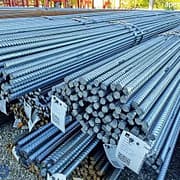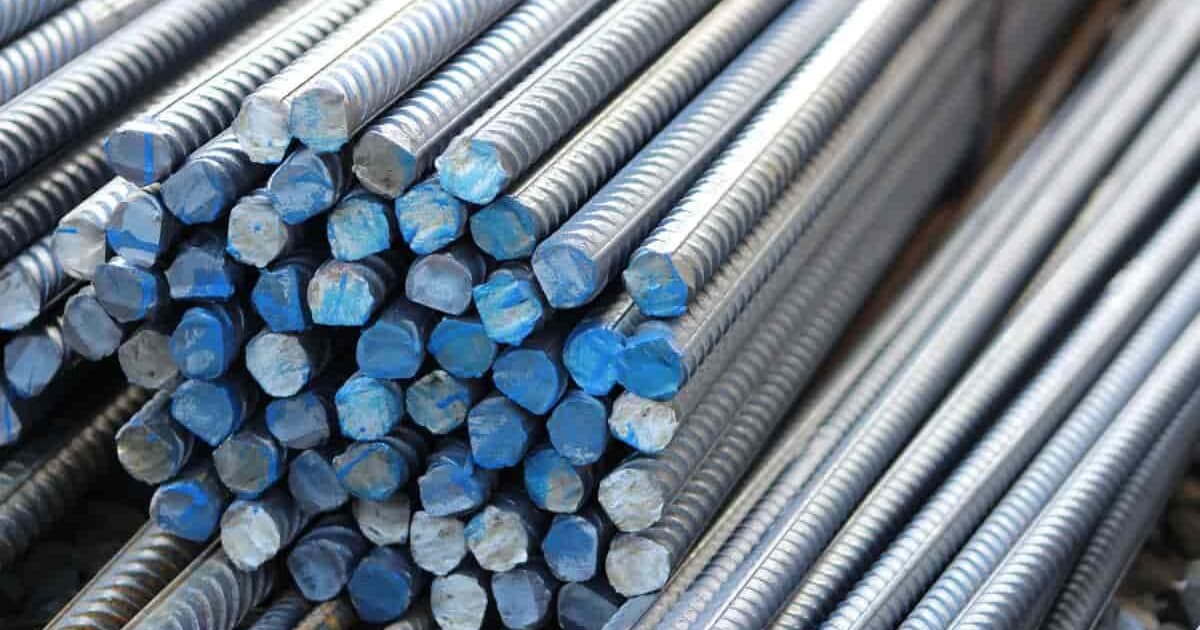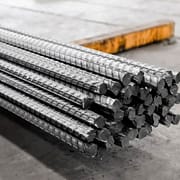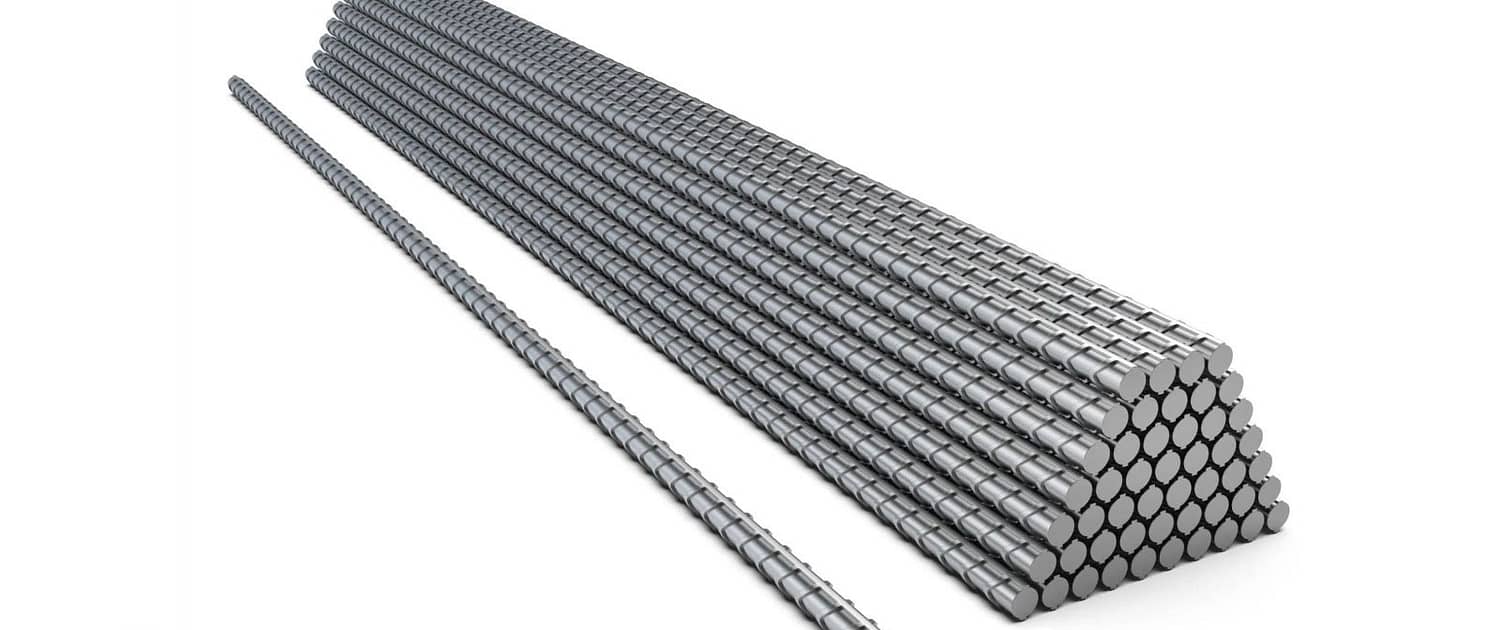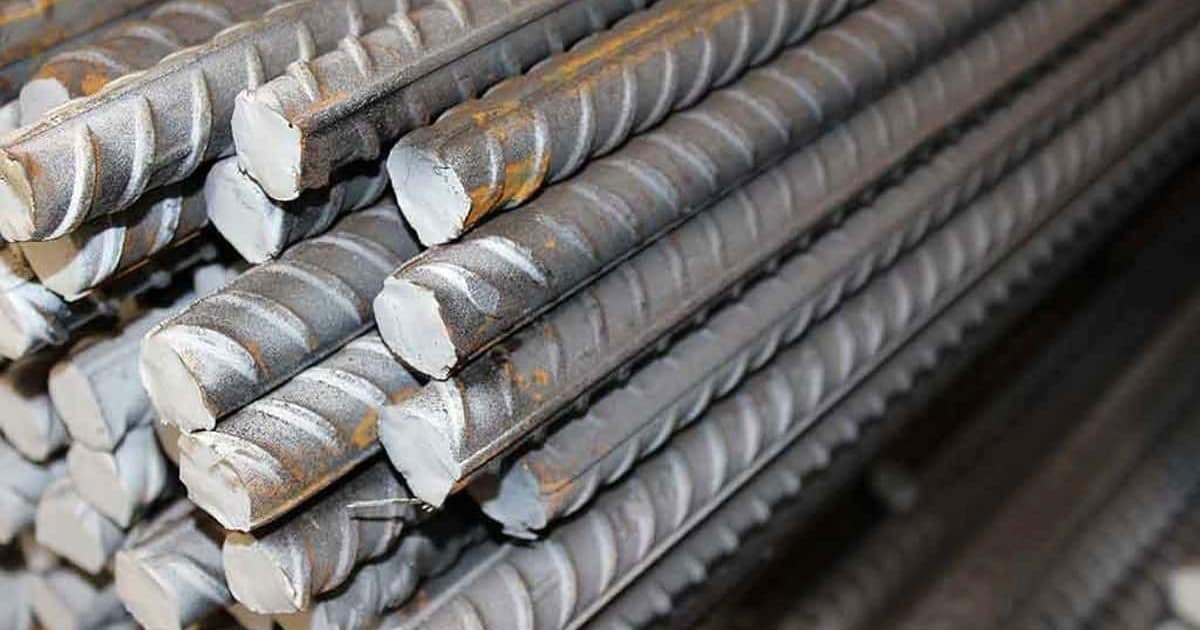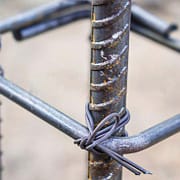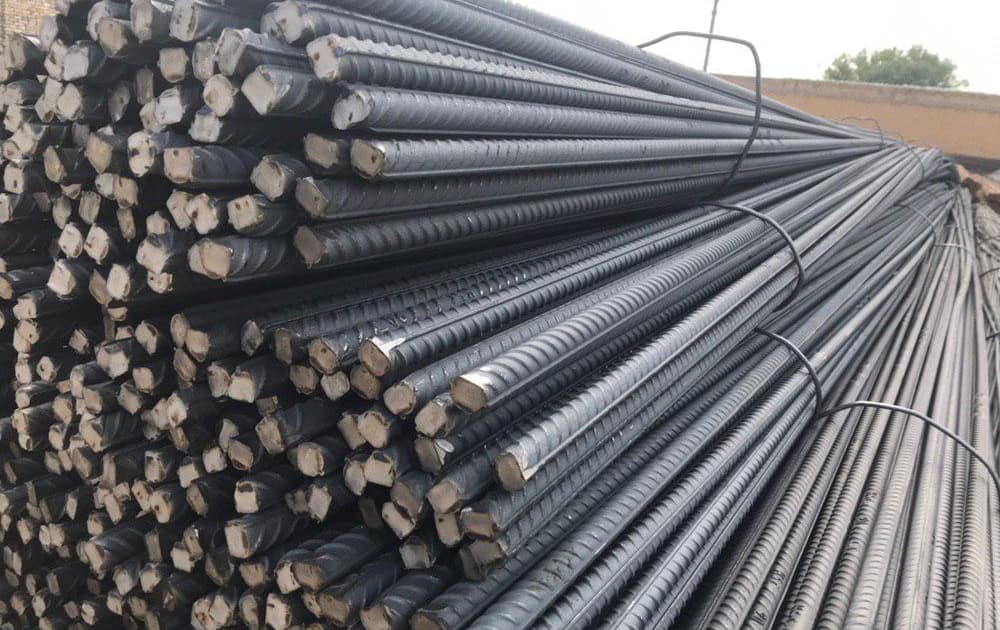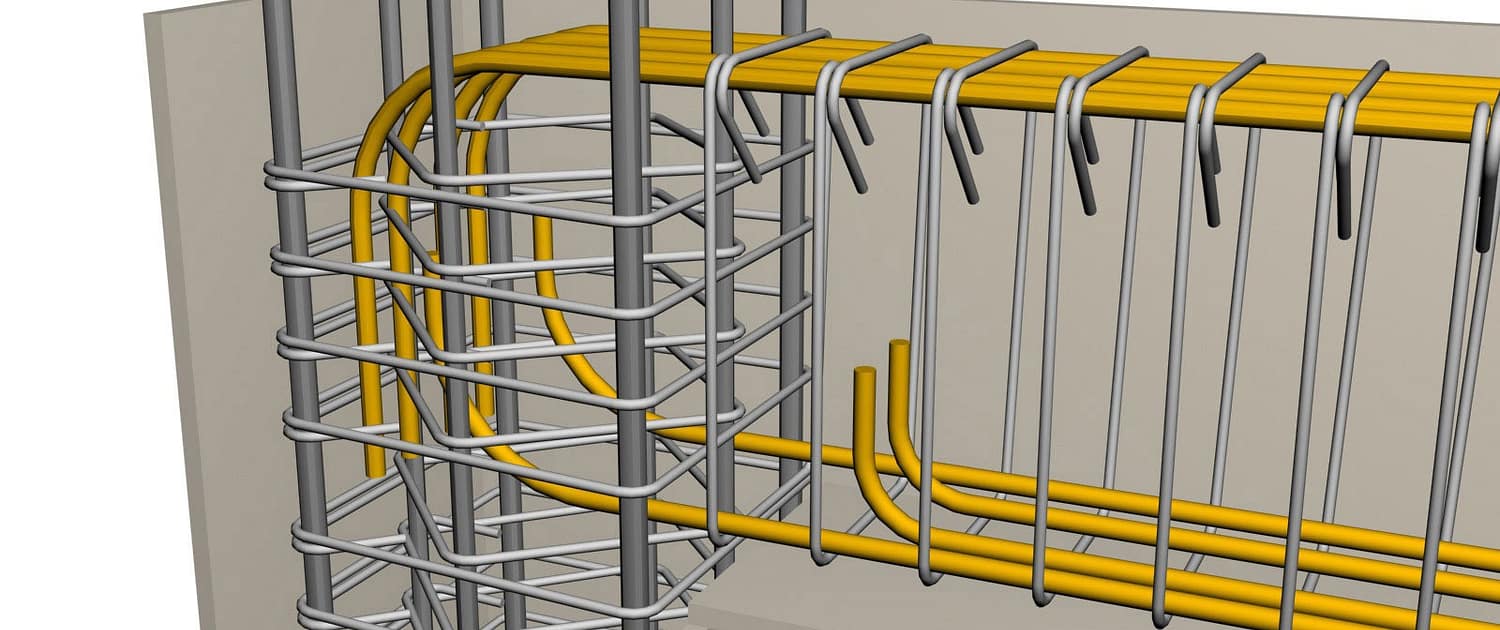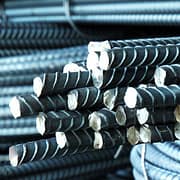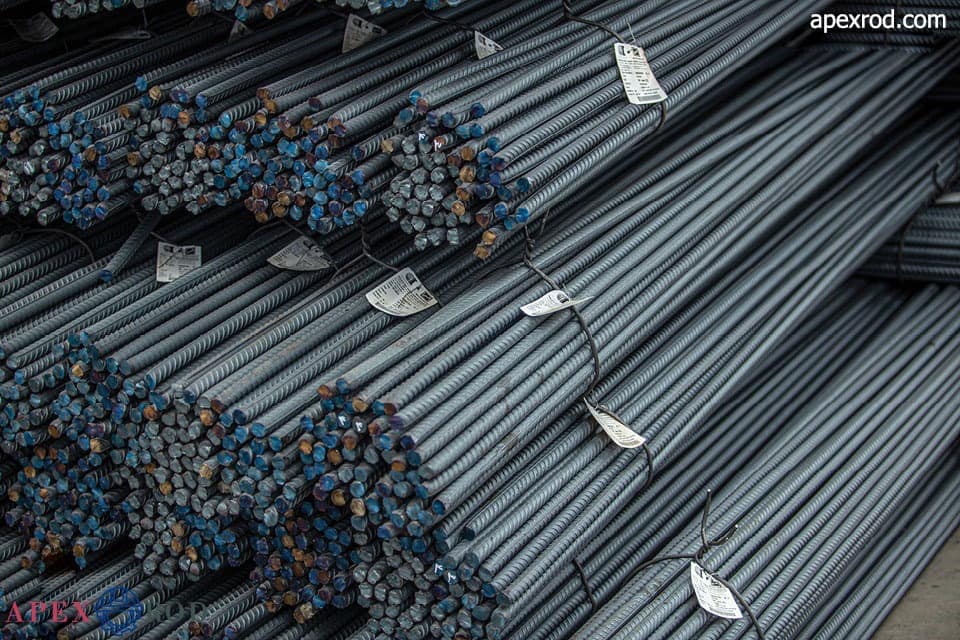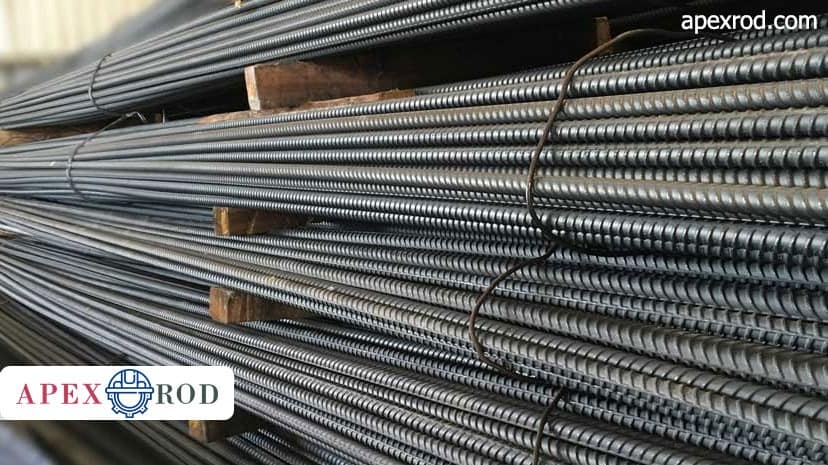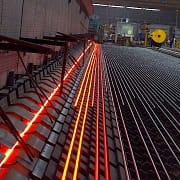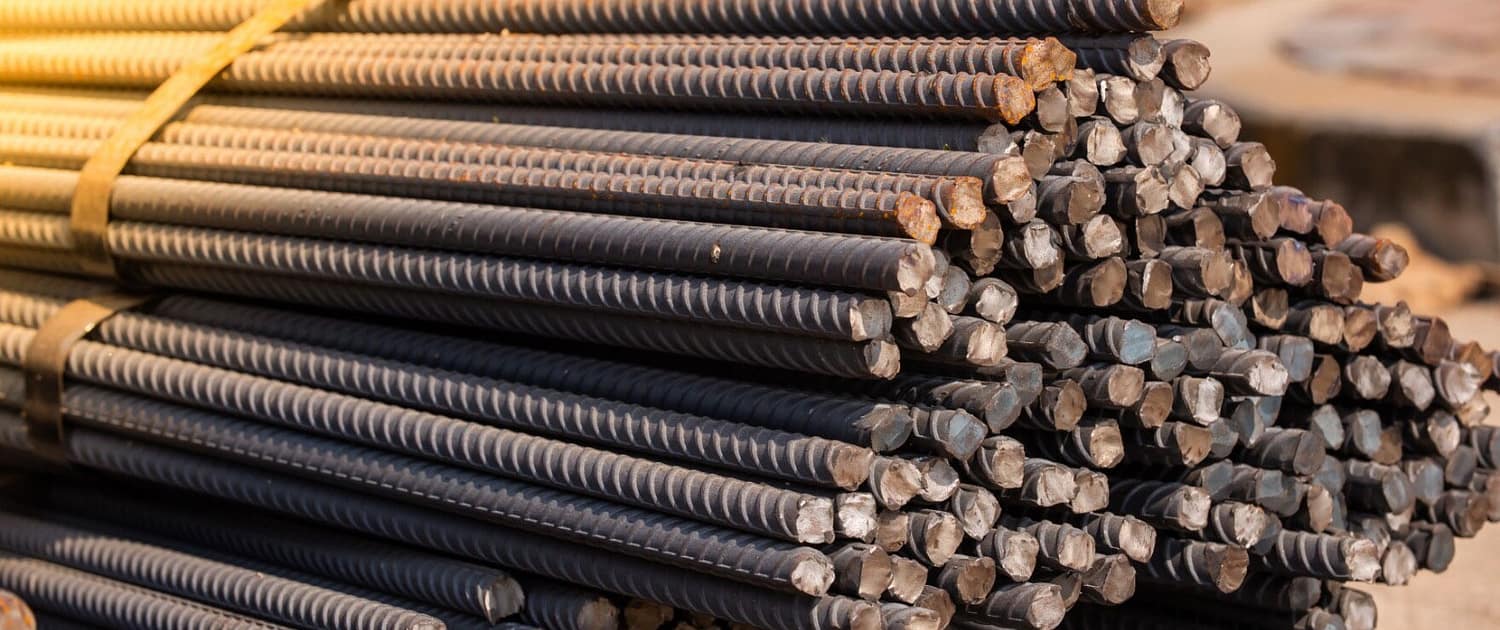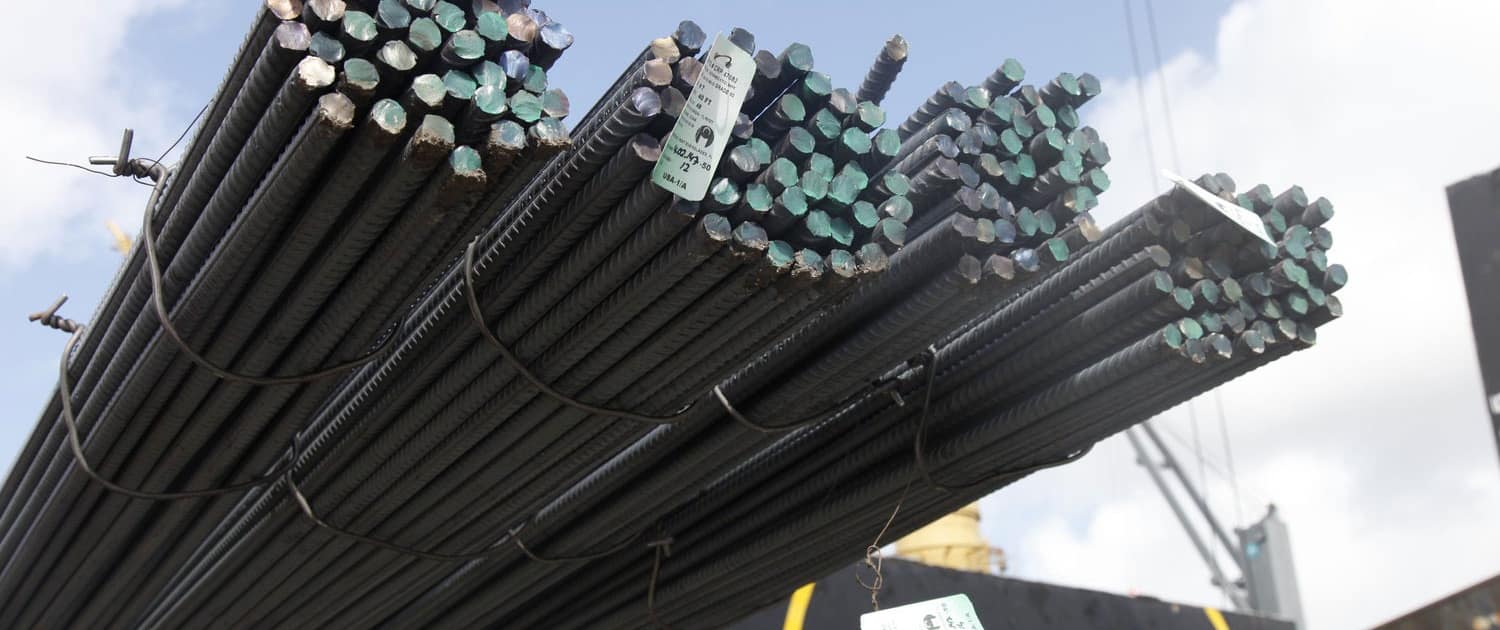rebar company
rebar company – Because the construction and operation of a rebar production line is very expensive and time-consuming, whether rebar manufacturers are in the USA, Europe, or Asia, each country’s factories choose their production process based on the country’s climatic conditions and market needs. Let us now look at the steel rebar manufacturing process:
There Are Four Techniques for Producing Rebar
Because rebar production varies depending on the standards and conditions of each facility, we present the rebar manufacturing procedures individually:
- The hot-rolling process of producing rebar
To make rebar by hot rolling, the steel ingot is first heated to a softening temperature of around 1000 to 1100 degrees in specific furnaces before entering the rolling process. During the rolling process, the softened steel billet travels between rollers with 4-sided and 8-sided arrangements in three phases to achieve the desired diameter and circular cross-section. The diameter of the ingot is lowered while its length is expanded throughout the rolling process; this step of manufacturing is known as the “rafting stage.”
After attaining the desired diameter, the billet reaches the standing stage or rolling racks, where different outputs generate rebar of varying diameters. Following this stage, the rebar enters the treading stage, when the tread is produced on the rebar according to the appropriate standard.
Ribbed rebar is manufactured in three varieties according to Iranian national standards: 340 or A2 rebar, 400 or A3 rebar, and 500 or A4 rebar. Treading is done directly in the hot rolling line for tread 340, and after cooling the rebar with water to ambient temperature for treads 400 and 500, the treading operation is completed.
- Cold rolling is a process of producing rebar
The cold rolling process is used to produce rebar until the conclusion of the roughing step, which deals with the reduction and rounding of the cross-section of the steel ingot. However, the ingot then enters the cooling stage and becomes cold.
Following this stage, the cooled ingot enters the rolling stage, and the rebar production process is repeated, just as it was with the hot rolling technique. However, because there is no metal softening in this procedure, additional rolling stages and rollers are necessary to create rebar.
Due to changes in the form and structure of the steel crystals, cold rolling rebar has a significant impact on the ductility and yield strength of the resulting rebar. Furthermore, the cold rolling procedure considerably enhances the strength and hardness of this type of rebar.
Because they have less ductility, tensile strength, and torsional strength than other rebar production processes, this type of rebar is not suited for usage in earthquake-prone locations.
- Termax technique (QST technology) production
Termax rebar manufacturing is inexpensive, quick, and cost-effective in every way. However, due to its poor resistance, it should not be used in earthquake-prone locations. The Termax process produces rebar with a minimum yield strength of 500 newtons per square meter.
The rebar generated in the hot rolling process is swiftly cooled with water and oil by entering the cooling chamber, which is shaped like a tube, in the Termax technique. The surface of the rebar becomes exceedingly hard and brittle as a result of this activity. Because the cooling was done swiftly and superficially at this point, the rebar’s surface has cooled but its center is still hot. As a result, during the following stage, cooling, this heat flows from the center to the surface, increasing the flexibility of the rebar and removing brittleness on the surface.
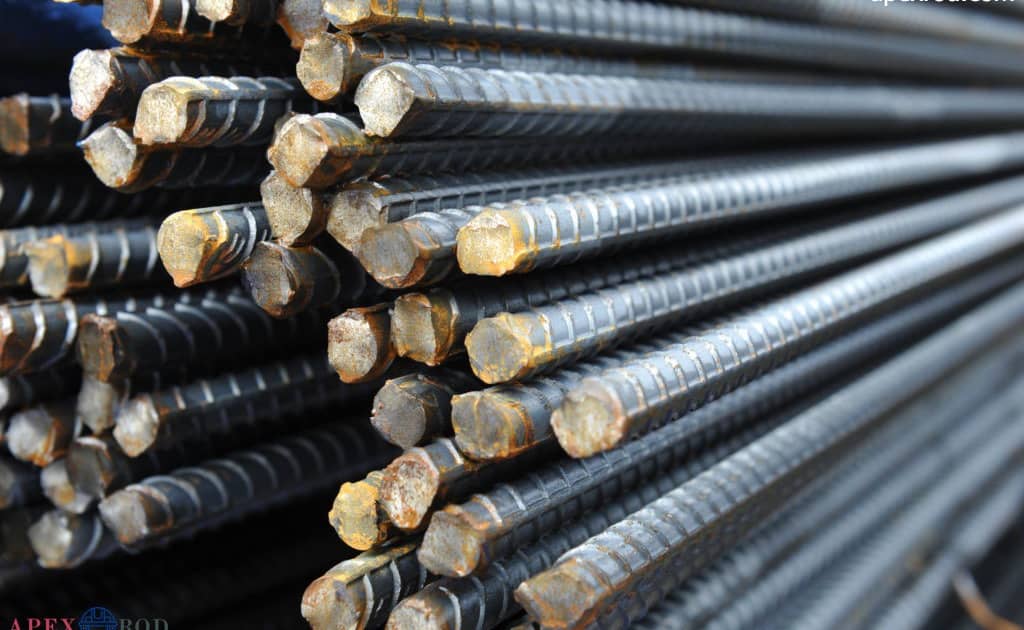
rebar company
- Alloying process (micro-alloy) production
The microalloying method of producing rebar is identical to the hot rolling method. The sole distinction is in the early stage of manufacture, namely the steel manufacturing process. The physical and mechanical qualities of the rebar are considerably enhanced in this process by adding alloy elements such as vanadium, niobium, titanium, and so on (which you can learn more about in the steel alloy elements article), and steel can be used for any type of steel. Consumer, personalization.
Alloy bars are cooled in the air once the manufacturing process is completed, so their physical qualities are the same from the surface to the center. These sorts of rebars are excellent for earthquake-prone locations.
Determining the Cost of Rebar Production
Many considerations are taken into account while pricing the manufactured rebars in the rebar company. One of the most crucial factors, for example, might be how they are made. Because the steel rebars generated by each process have various qualities and need varying costs to make.
For example, rebars are made using the Termex process, mostly at a foreign exchange price. Enter has more varieties of rebars than others, and their manufacture is faster, but micro-alloy rebars are of better quality and cost. As a result, the two primary aspects of effort required to create rebar and the raw materials utilized in it will play a significant influence in deciding rebar pricing.
Opportunities In Rebar Productions
The following are some of the economic and industrial opportunities associated with rebar production:
- Market Growth
Despite the rebar industry’s problems, demand for rebar in the construction and automotive industries continues to expand. Growing urbanization, as well as the demand for infrastructure and industrial equipment, creates potential for rebar manufacturing. Rebar production can acquire new markets and contribute to economic growth and job creation by utilizing sophisticated technologies and taking advantage of performance improvement and cost reduction.
- Improvements in technology
Enhanced technologies like electric melting, enhanced quality control methods, automation, and process optimization can increase rebar manufacturing performance and efficiency. This can lower manufacturing costs and boost rebar producers’ competitiveness.
- Export development
Expanding rebar production and utilizing sophisticated technology can aid in the development of this product’s export. Providing excellent rebar at a competitive price to global markets might open up new avenues for the development of rebar-producing countries’ industries and economies.
The Art of Resizing Rebars for Construction Excellence
Because rebars manufactured in factories are typically not used in the same way due to their original length, one of the rebar manufacturer’s jobs is to reduce the produced rebar into sizes that are appropriate for the structural designer. With a commitment to innovation and quality, Apexrod as a famous rebar company stands as a reliable partner in supplying rebars in different sizes. In addition to the aforementioned circumstances, rebar bending is also performed in factories, and bending is often performed in three categories: light, heavy, and special.

